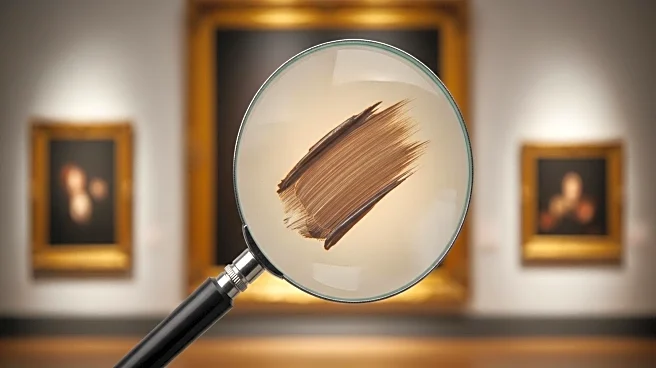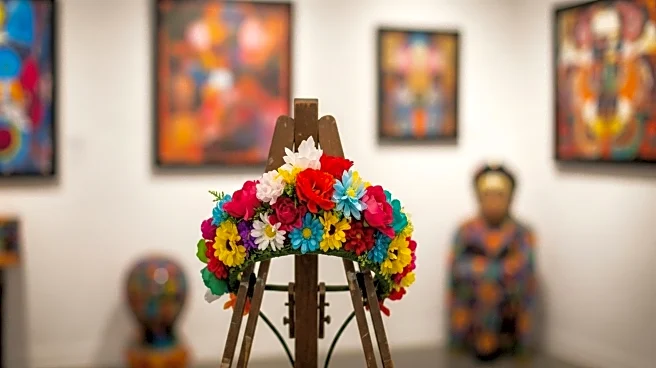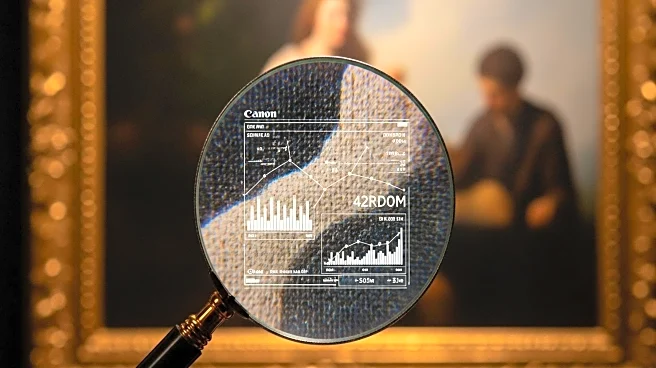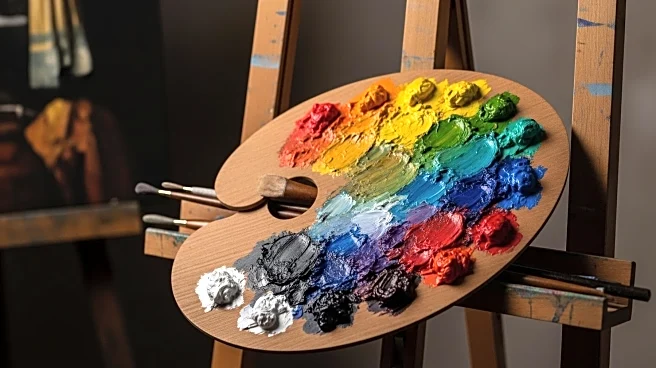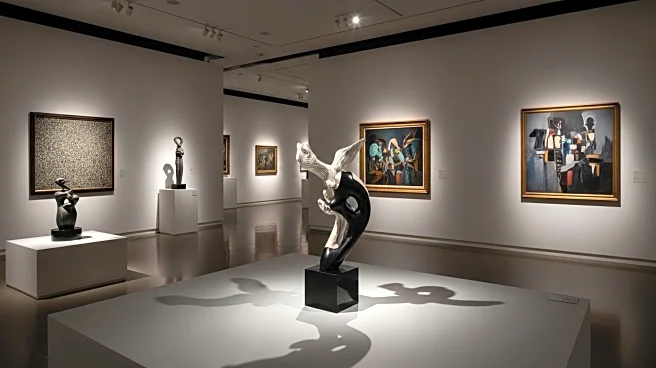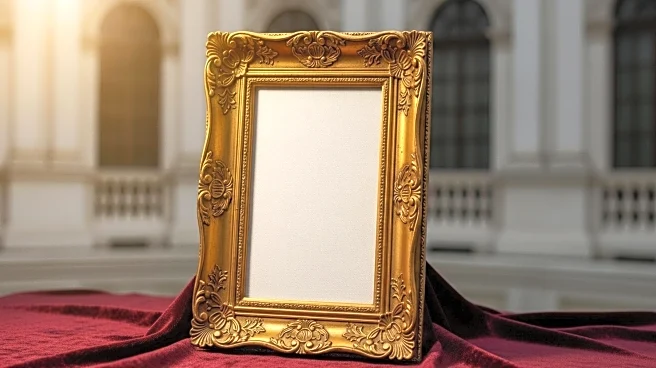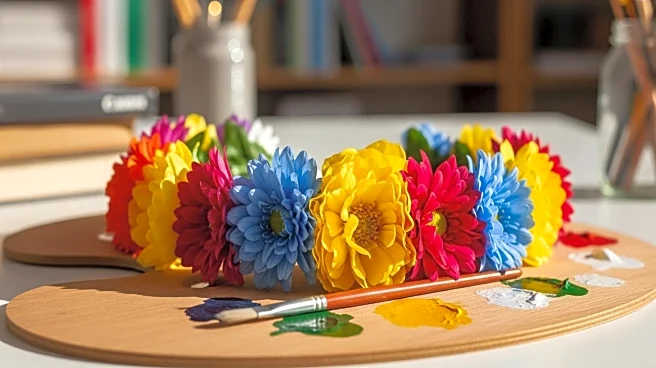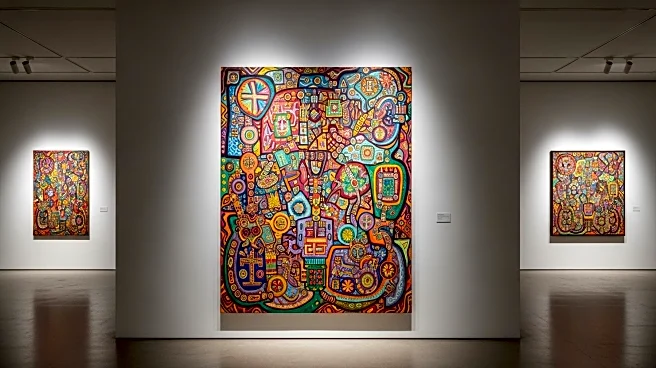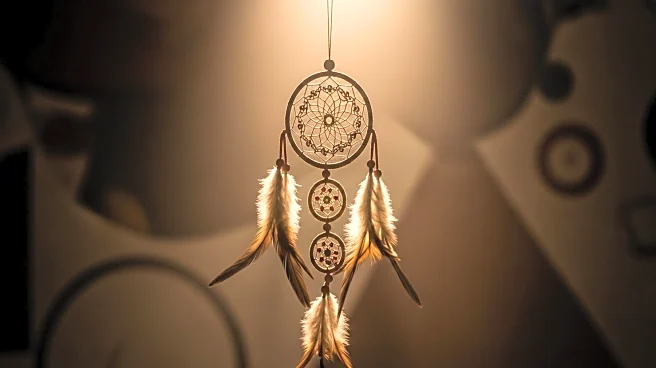What's Happening?
Tate Britain is hosting an exhibition focused on the professional life and achievements of Lee Miller, a pioneering female war correspondent and photographer. The exhibition aims to emphasize Miller's intelligence, determination, and bravery, rather than delving into her personal life. Curator Hilary Floe has organized the exhibition to highlight Miller's work, including her contributions to the Surrealist movement and her role as one of the first female war correspondents during World War II. The exhibition seeks to present Miller's biography in a way that enhances understanding of her work, rather than focusing on her personal relationships.
Why It's Important?
The exhibition is significant as it attempts to shift the narrative surrounding Lee Miller from her personal life to her professional accomplishments. By focusing on her work, the exhibition challenges the traditional emphasis on her relationships with male artists and her status as a muse. This approach not only honors Miller's contributions to art and journalism but also serves as a broader commentary on the recognition of women's achievements in history. It highlights the importance of acknowledging the professional capabilities of women, rather than reducing their stories to personal anecdotes.
What's Next?
The exhibition is set to run from October 2, 2025, to February 15, 2026, at Tate Britain. It is expected to attract art enthusiasts and historians interested in exploring Miller's work and its impact on both art and journalism. The exhibition may inspire further discussions and studies on the role of women in war correspondence and the Surrealist movement, potentially leading to more exhibitions and publications that focus on women's professional achievements.
Beyond the Headlines
The exhibition raises questions about the portrayal of women in history and the arts. By focusing on Miller's professional life, it challenges the often sensationalized narratives that overshadow women's contributions. This approach could influence future exhibitions and academic studies, encouraging a more balanced representation of women in history. It also highlights the ethical considerations in curating exhibitions that respect the legacy of historical figures.

